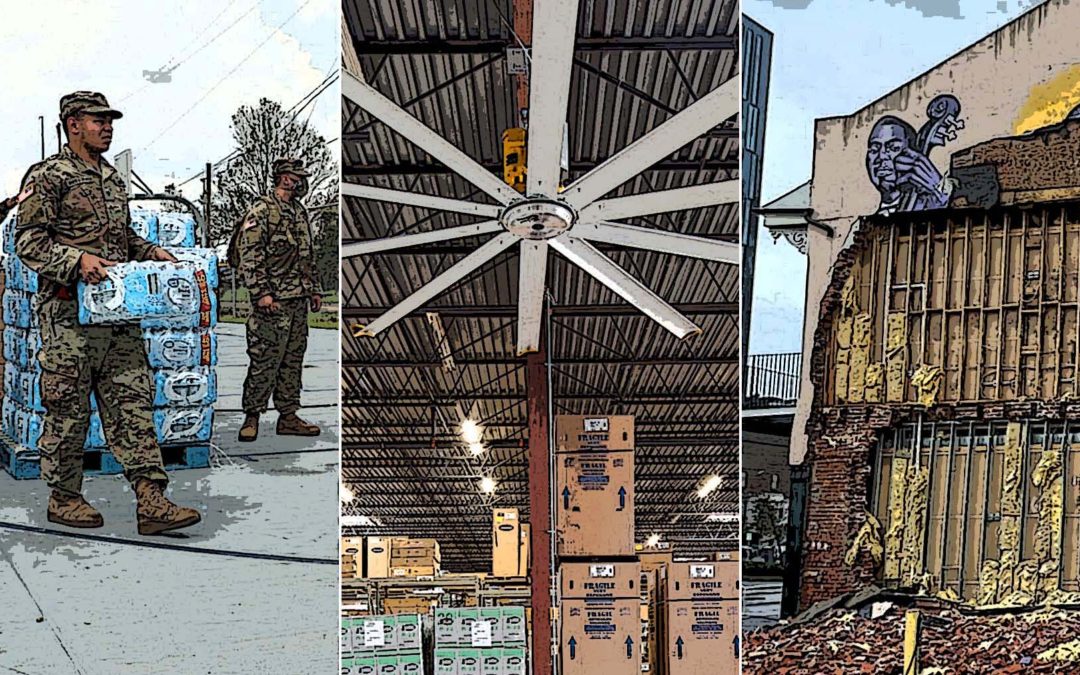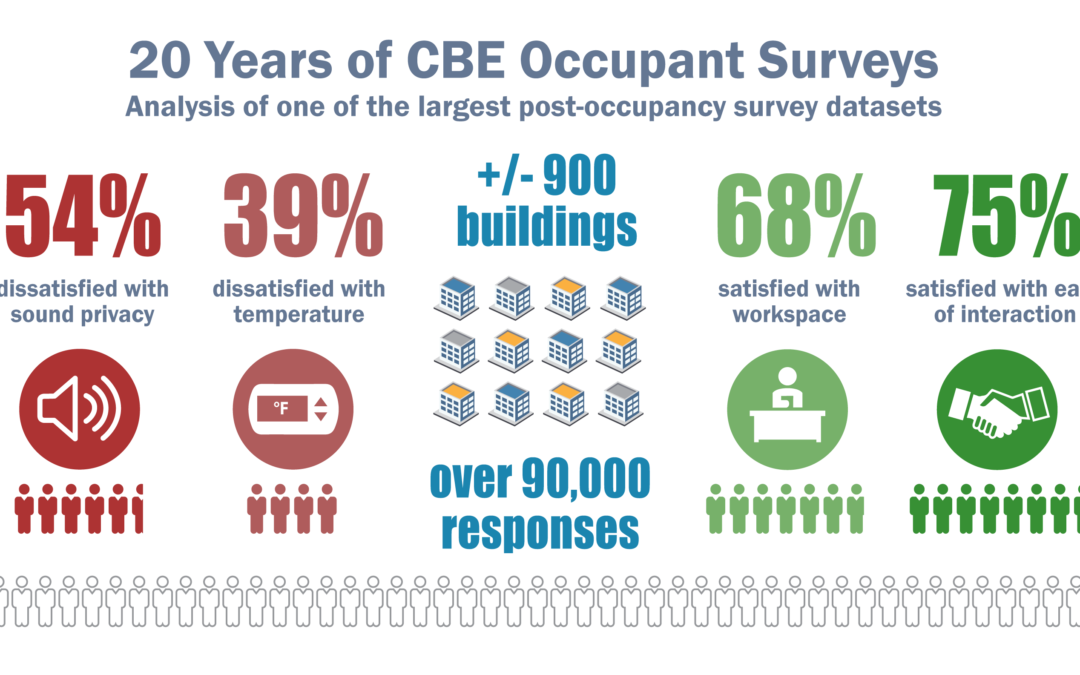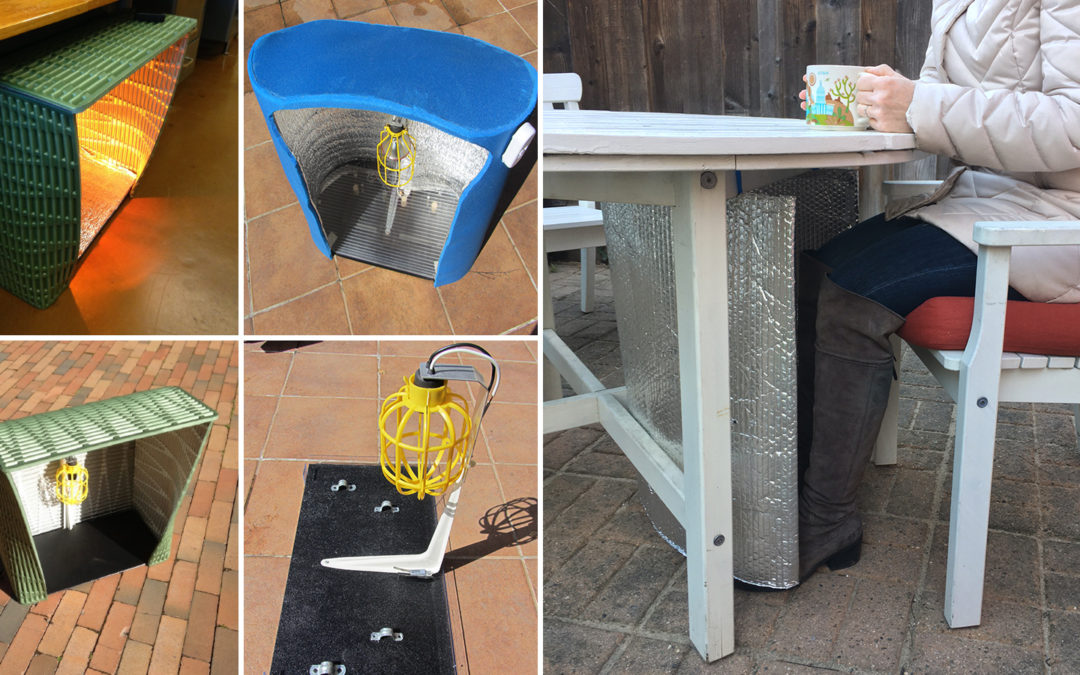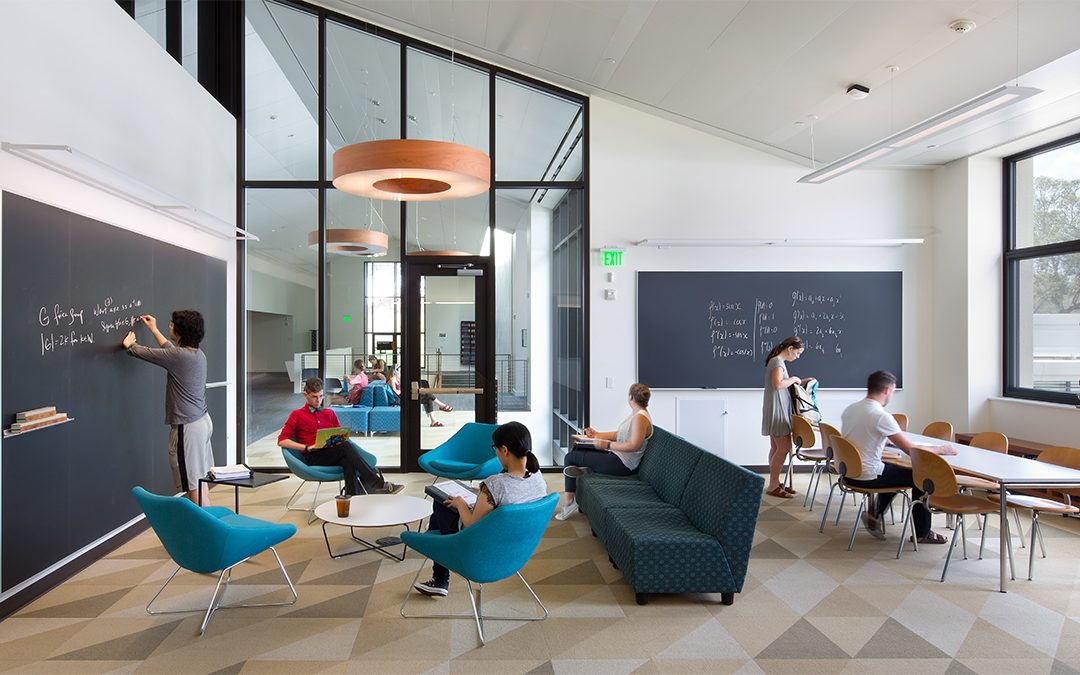
David Lehrer November 17, 2021
Hurricanes, wildfires, and floods produce dramatic images of destruction, but heatwaves cause more deaths in the U.S. each year. Research and new tools help us understand how fans can provide resiliency during extreme heat events. Fans may use 10 to 100 times less energy than air conditioning, reducing the impact on power grids during these events.
More

Lindsay T. Graham March 16, 2021
Occupant surveys provide valuable insights into how well a building is performing. Historically these surveys focus on comfort and satisfaction. However, as our attention shifts to occupant health and wellbeing, we wonder whether our tools are measuring all we need them to. In a recent paper, we look at the CBE Occupant Survey tool and its database to evaluate its measurement and benchmarking properties, while also identifying new enhancements intended to support the creation of spaces that truly benefit those who use them.
More

David Lehrer January 20, 2021
The Covid-19 pandemic has challenged the restaurant industry, forcing many beloved institutions to close, while many have pivoting to take-out service and outdoor dining only. While we rally to support our favorite eateries, colder climates present some serious challenges to patio dining. In this Centerline post we borrow ideas from CBE’s experience with prototyping and testing innovative and energy-efficient ways to help people comfortably dine al fresco as we get through a dark and cold pandemic winter.
More

David Lehrer April 16, 2019
CBE has released an interactive web-based tool for the early phases of design of high thermal mass radiant systems, that may be used to predict steady-state conditions for both heating and cooling modes, greatly facilitating a standard design practice. However it can also predict dynamic (transient) performance for cooling, taking into account the effects of changing loads and the effects of thermal mass of the building structure.
More




